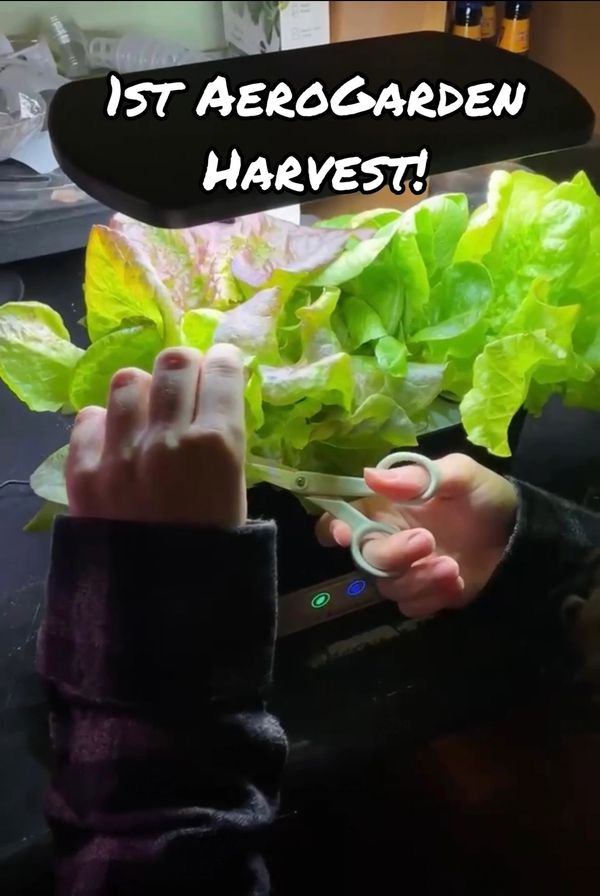Food Grown Home - Hydroponics



Hydroponic Growing Systems Frequently Asked Questions (FAQ)
Please reach us at flsmoco@gmail.com if you cannot find an answer to your question.
The term ‘hydroponic’ means that plants grown in these gardens are grown without real sunlight or soil. Instead, the plants receive light for photosynthesis through built-in LED lights and their roots are suspended in a tank of water that is filled with nutrient solution. This solution provides the plants with all of the necessary nutrients that would come from the soil naturally.
The equipment does most of the growing work for you. However, on a weekly basis you should make sure the tank is filled with enough water and that there is enough nutrient solution in your system. Once your plants have matured, you should regularly trim and harvest your plants (the 'cut and come back' method). Lastly, we would also recommend cleaning the tank and changing its water every two weeks.
These growing systems can literally fit right on a kitchen countertop or in any other available space! With a little bit of moving things around, you could definitely use these systems in a small apartment. A great thing about hydroponic food-growing technology is that it’s very scalable, so there are often multiple different sizes you can choose from that fit your individual space needs- Our current model of choice is the Harvest model, which is designed to be able to fit in small spaces such as on countertops.
There are a lot of different plants that hydroponic gardens can grow, but there are limitations. These countertop systems do not have the capacity to support produce grown on trees or shrubs, and they cannot grow ‘root’ vegetables such as potatoes and carrots that need to be under the earth. This still leaves a wide variety of veggies, fruits, and herbs that can be grown, with the best results being seen from leafy greens such as lettuce, arugula, chard, and spinach, in addition to herbs such as basil, thyme, dill, parsley, and more. You can also experiment with peppers, strawberries, and tomatoes.
There are a LOT! First and foremost, you can use these gardens year-round, without worrying about the weather or seasonal growing periods. Your plants grow significantly faster because you’re literally curating the environment to make it perfect for them and your harvest yields are more predictable. Additionally, your plants are grown 100% organically without the use of harmful agrochemicals such as chemical fertilizers, pesticides, herbicides, and fungicides. Next, these gardens are more eco-friendly because they do not contribute to the industrial agriculture industry by taking up extensive plots of land, depleting the soil through repeated use, and minimizing biodiversity through monoculture. These gardens also allow people to receive fresher produce products because they are coming right off the stem- as opposed to going to a grocery store and picking up wilted produce that has been sitting in the back of a truck for days.
No special outlet is required for these gardens- they will be fine with a standard three-pronged outlet.
As for electricity usage, we referenced the AeroGarden website because they have already calculated this out, and the model we use with our cohort (Harvest) uses an average of 23 watts which costs approximately $1.33 per month at an approximate utility rate of 11¢ per kw/hour.
The systems themselves, when handled and used properly, are safe to use within a house with pets. The water and nutrient solution in the equipment is fully contained in the tank and the LED lights are held down in a stable design. However, the plants you grow can potentially be toxic to pets, so please do your research when selecting what herbs, fruits, or vegetables you would like to try growing. Additionally, if your pet likes chewing on electrical cords, that could also potentially be an issue. But, there are many tips that you can use to make your garden more pet-friendly. You can choose to put your garden in a separate area, on a high shelf where pets can’t reach, you could contain the garden in some type of plastic case, gate, or cage, and you could put some type of pet-safe deterrent around your garden such as Vick’s Vapor rub.
Hydroponic crops actually do not require fertilizers! Fertilizers are used to replace the essential nutrients for plant growth in the soil after they have been depleted. Because hydroponic plants grow in water with a nutrient solution that is carefully measured and maintained, they require no fertilizer because the nutrients can’t really be ‘depleted.’
Food grown hydroponically generally has the same amount of nutrients and vitamins as compared to traditionally-grown crops. However, when compared to traditionally-grown crops that have made their way to grocery stores over a period of time, hydroponically-grown food that’s more locally based can have more nutrients because they haven’t been ‘off the stem’ for as long.
For those participating in our cohort, the gardens are provided at no cost. But, for those in our food-growing community who wish to follow along and participate, you can buy an IDOO 12-pod system for $100 and an AeroGarden 6-pod system for $170. Don’t let the cost intimidate you! With proper maintenance, these gardens can pay for themselves in produce for years upon years.
